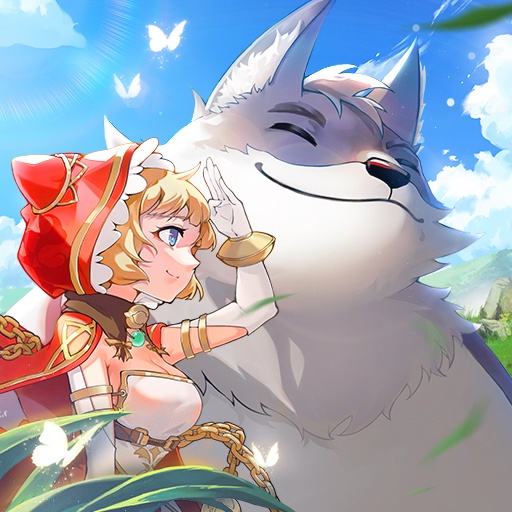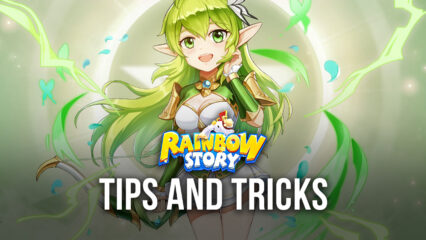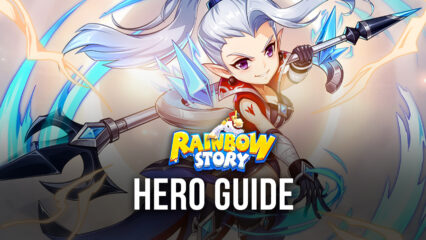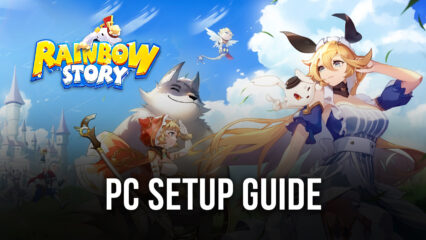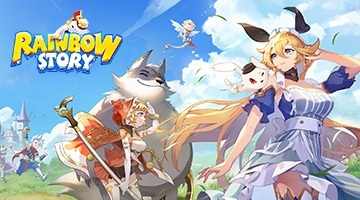BlueStacks' Beginners Guide to Playing Rainbow Story Global
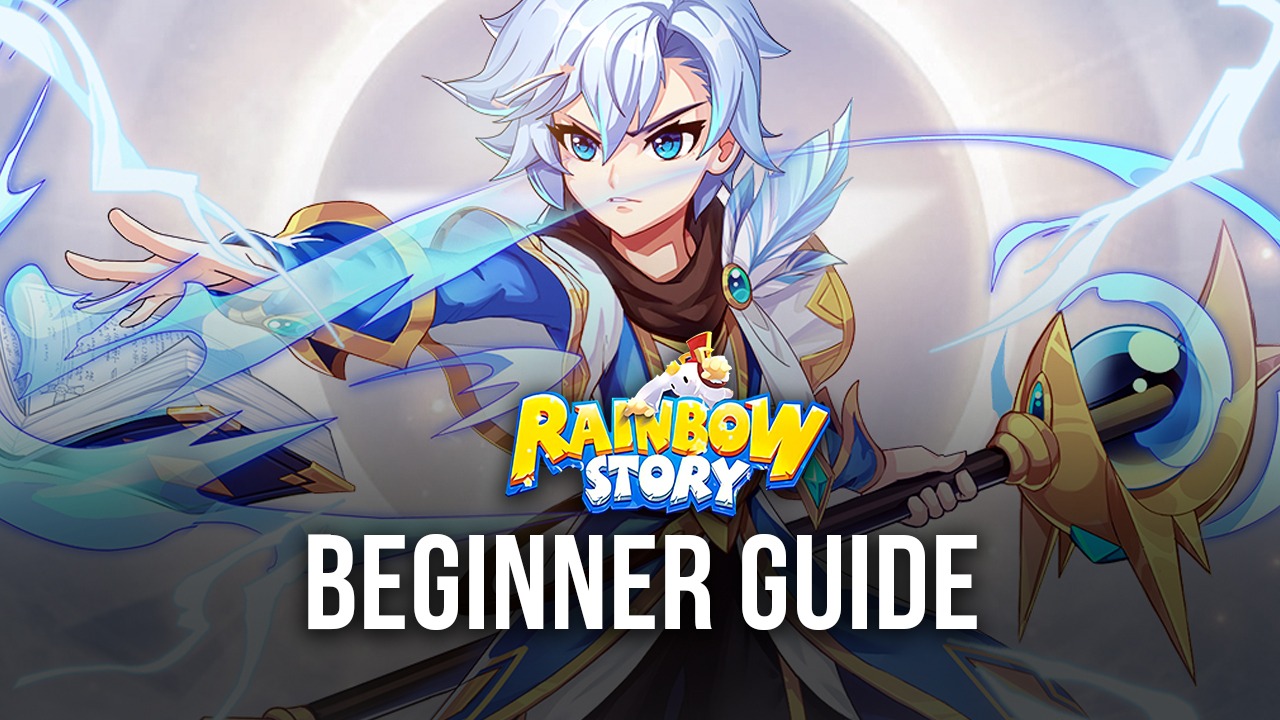
Rainbow Story Global is designed to be friendly for beginners, but that doesn’t mean there’s nothing left for new players to learn. After all, the tutorial stage is fast-paced and missed out on many essential details that players might need when they’re starting. If you’ve played games like these before, you might not need any help trying to learn any of these, but for total newbies, this beginners’ guide is made specifically to help you get the hang of the game as soon as you play it.
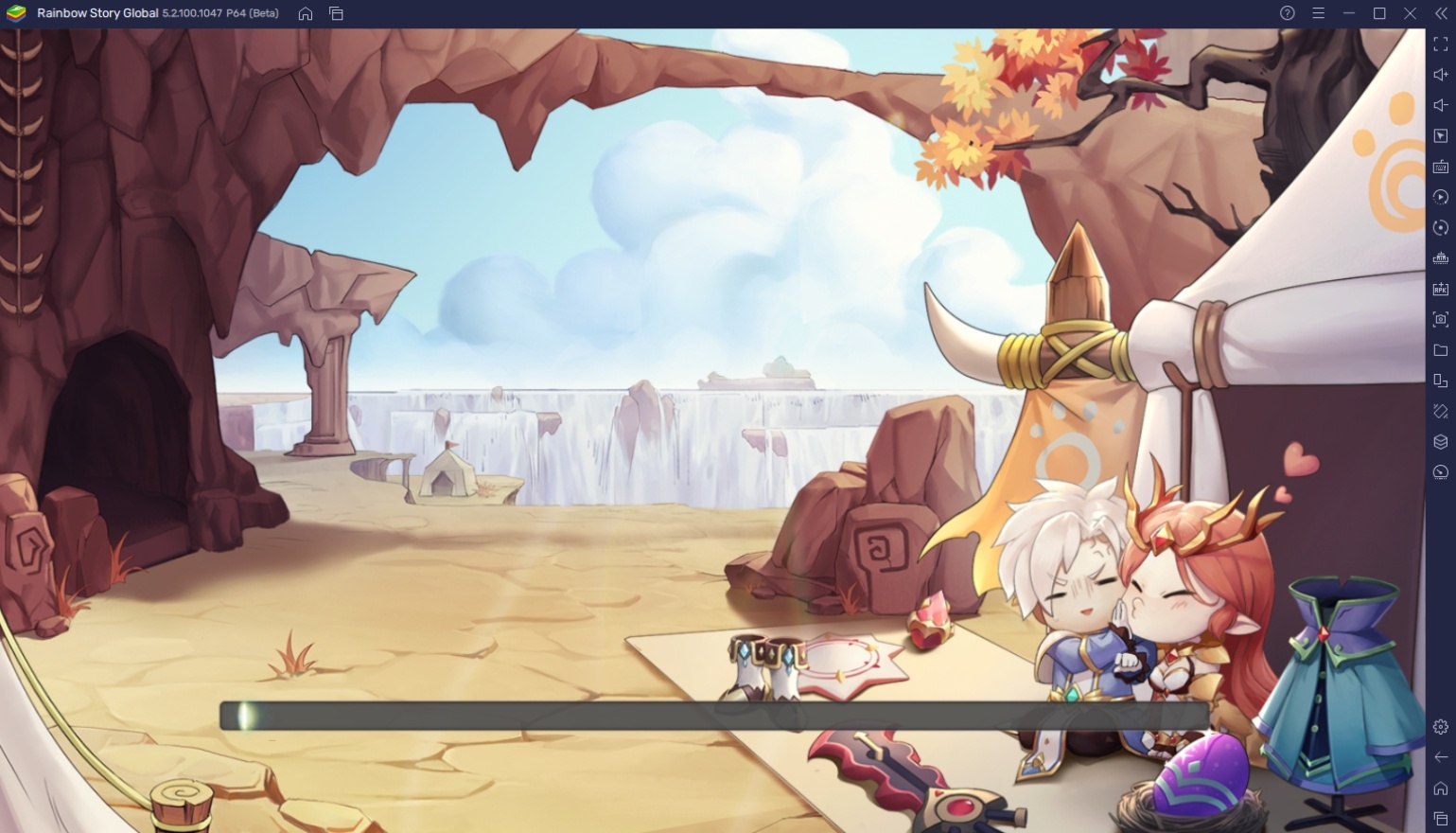
Most players have probably begun their journey already but don’t worry, this guide works whether or not the player has already started their journey. You can also choose to reset your progress by creating a character on the latest server so that you can catch up with the other players. The most important thing is that you learn how to do these tasks efficiently and get introduced to them early on to have a better idea of how to continue playing Rainbow Story Global.
Character Creation
The first step that players need to do in Rainbow Story Global is to create their character. This is probably the easiest step to understand, but the process of doing so shouldn’t be that simple. After all, once you choose a class, you’re stuck with that until you stop playing the game or decide to create a new character and level that one up separately. Unless that’s your plan, it will take a lot of time and effort that you might otherwise spend on your main account.
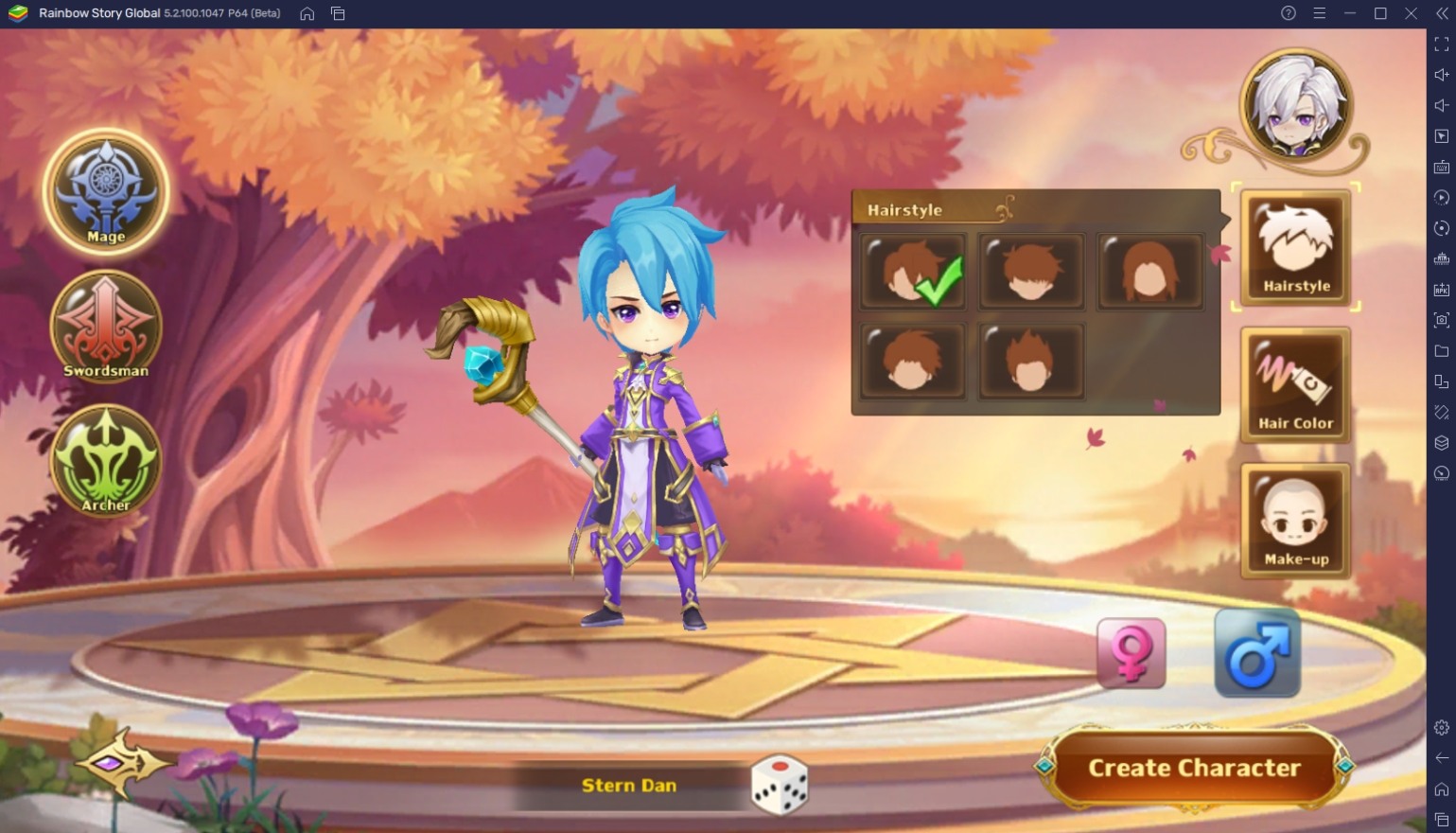
The game includes the three basic RPG classes with Swordsman, Archer, and Mage. There’s probably very little left to explain about what each class does, but here’s a short overview of each of their styles. If you prefer a strong melee class with a good defense, go for the swordsman. If you like fighting long-range with excellent mobility, go for the archer. Finally, the mage is perfect for players who want to deal a ton of magic damage from a safe distance but sacrifices a bit of defense.
Missions & Quests
Missions and quests are an integral part of any RPG and guide the player in the right direction when progressing through the story. There are two types of quests in Rainbow Story Global, the main quests and side quests. The main quest is the most important type of mission to follow because it essentially gives the player a checklist of the required tasks that they need to do for their character to get stronger. It also provides the highest reward in terms of experience and items.
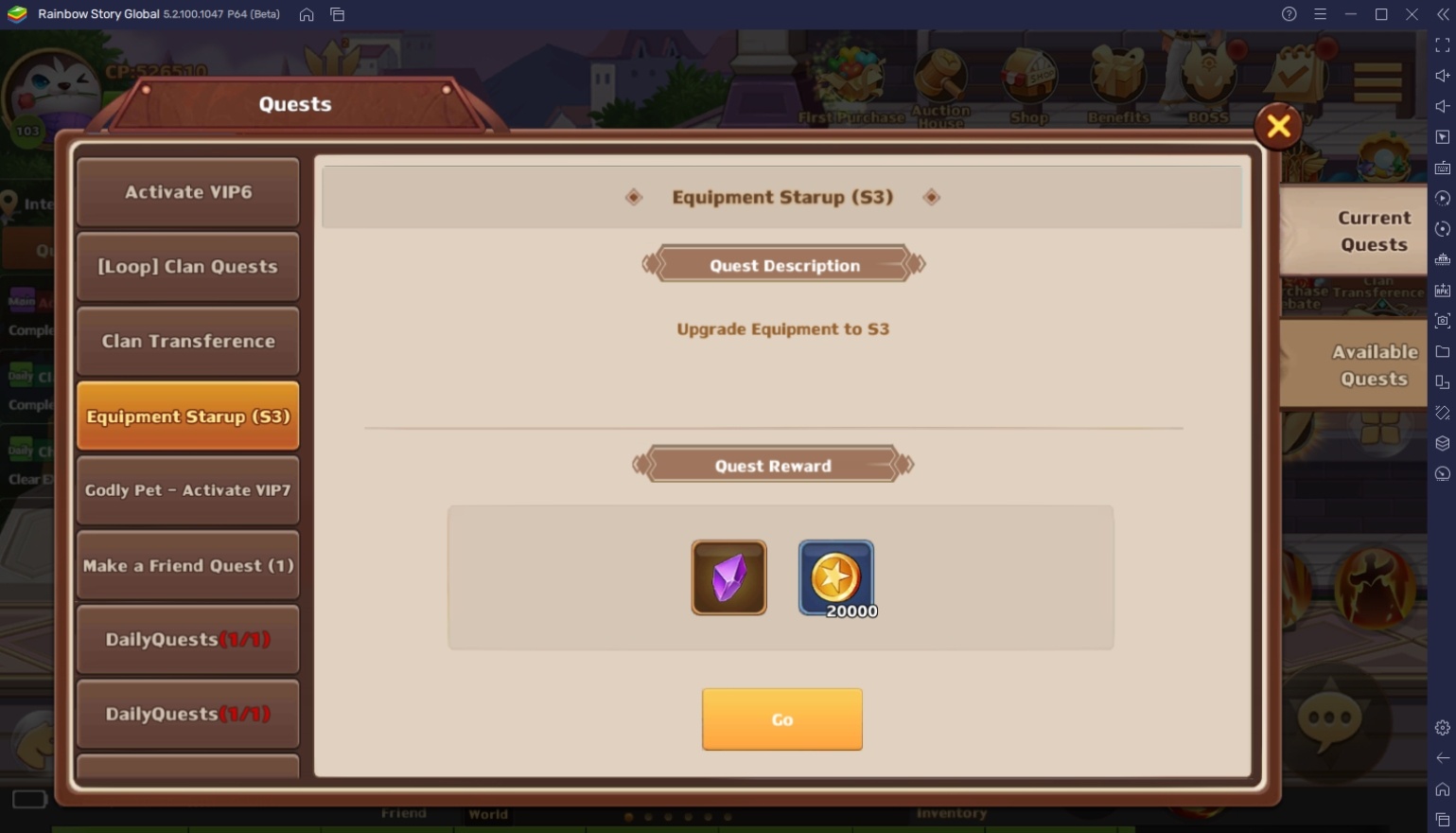
Side quests are optional, but they also provide essential rewards that are useful for players. Unlike main quests, most side quests reset daily and can be repeated even if they are already completed multiple times. The rewards are considered minor, but when they are done daily, players will appreciate the items that they get from farming these side quests regularly. Players are always encouraged to finish all of their side quests daily to maximize their resources.
Gearing Up
Gearing up is the most essential part of playing Rainbow Story Global. This is the primary way of powering your character up so that they can challenge more content and be able to defeat higher-level enemies along the way. Gear doesn’t just involve armor and weapons, it also includes accessories, pets, mounts, and other stuff that add to the power of your character. Collecting all of these items and upgrading them is the primary goal you should have in-game.
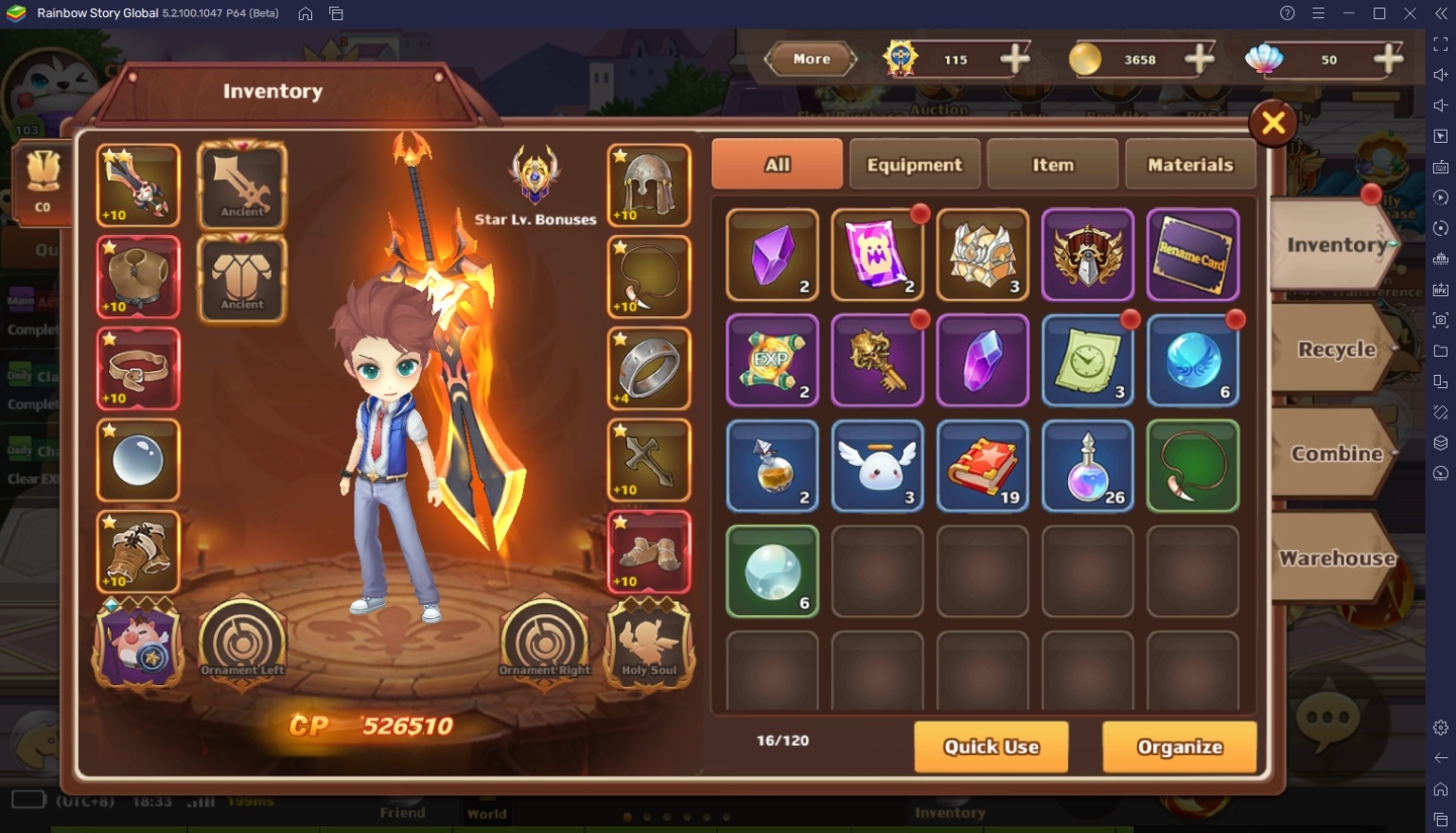
Rainbow Story Global has an enjoyable way of gearing your character. Aside from collecting items, you can also purchase and sell gear at the auction house. Players also can improve or reforge their equipment to increase their rarity and tier level. That means that you’ll not only be required to look for more powerful gear, you also need to farm the resources that are necessary to upgrade them. You can do that by doing daily quests and missions, so you should be just fine.
Dungeons & Bosses
Dungeons give the game a sense of adventure. Players can enter instanced zones that feature a wave of monsters and a boss for them to defeat. There are also other dungeons, such as the daily Exp Dungeon, where players simply have to defeat a certain number of mobs within a limited time to earn rewards. These dungeons are the most popular because the game urges the player to attempt them daily since there are only a limited number of entries every day.
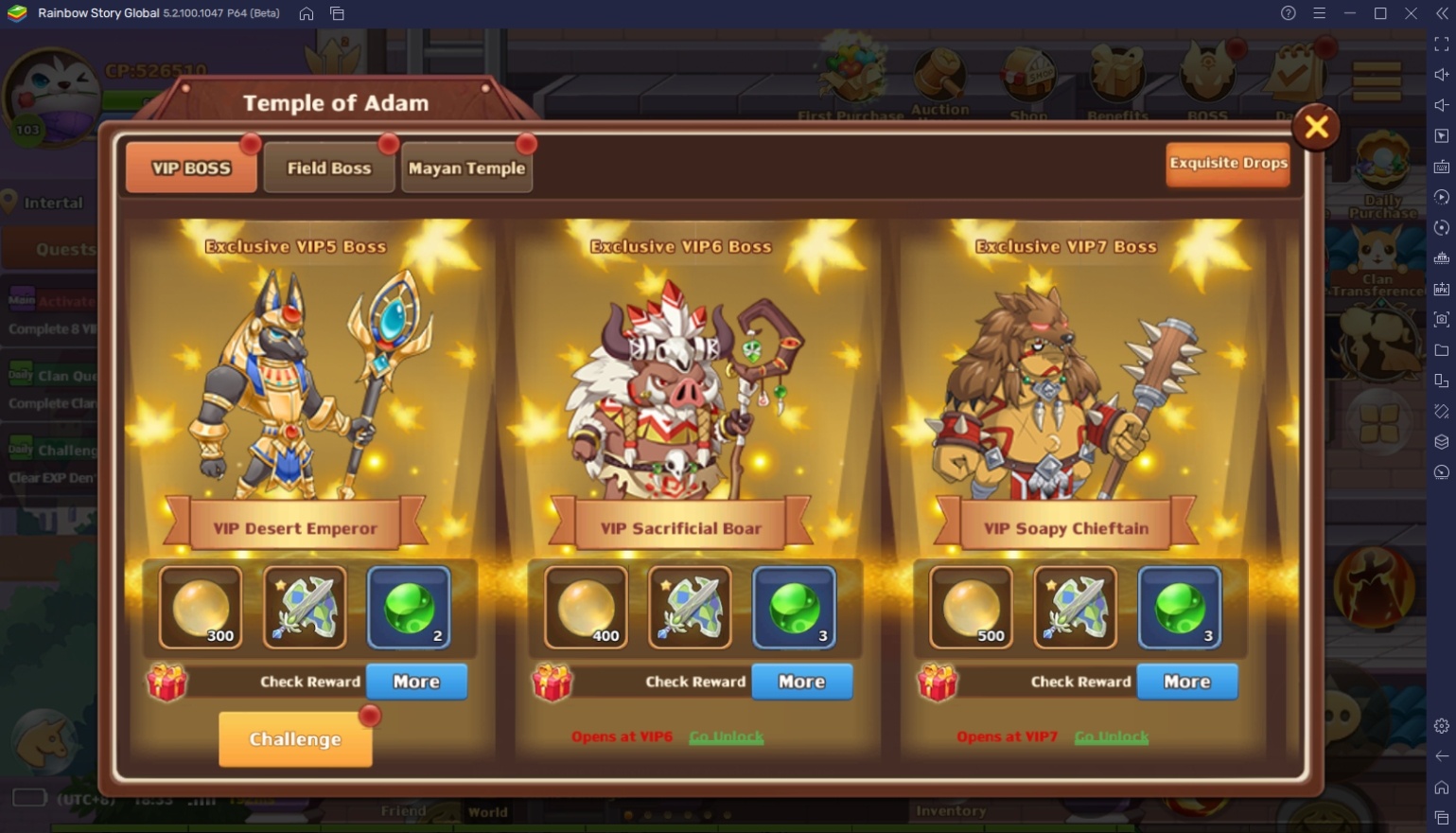
Bosses are a little bit different than dungeons. For bosses, the player only needs to defeat one giant monster within a limited time or before they are defeated. Bosses often have significant health pools and deal a lot of damage to equal-leveled characters. There are two kinds of bosses which are the exclusive bosses, where the player will fight the monster alone, and the field bosses, where the player can host or join a boss fight alongside other players to defeat a powerful enemy.
Auto-Play Options
One thing that players aren’t taught when they first begin the game is adjusting their auto-play settings. This is very important since it allows the user to customize what kind of content they want to do while leaving the game active in the background. Players who leave the game open for more than 3 hours will need to learn how to do this properly. That being said, there are no right inputs because it all depends on the player’s preference and play style.
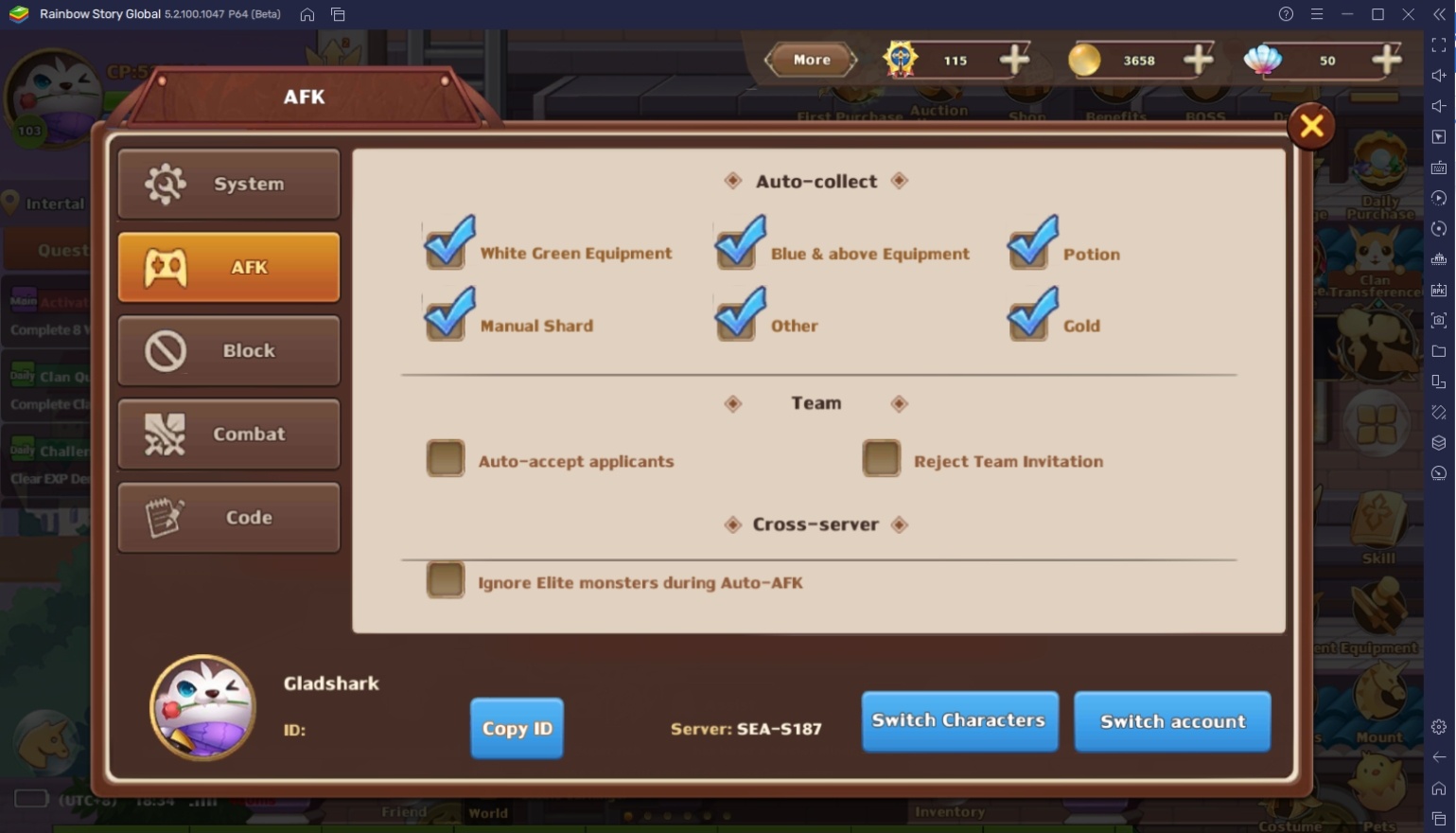
To edit your auto-play functions, just go to settings, then AFK. You can choose to deselect the items that you don’t want to farm so that your inventory doesn’t get filled with garbage loot. Additionally, you can go to combat and select the skills you want your character to use while on auto-play. Still, you’ll most likely want all of them activated to maximize combat efficiency.

